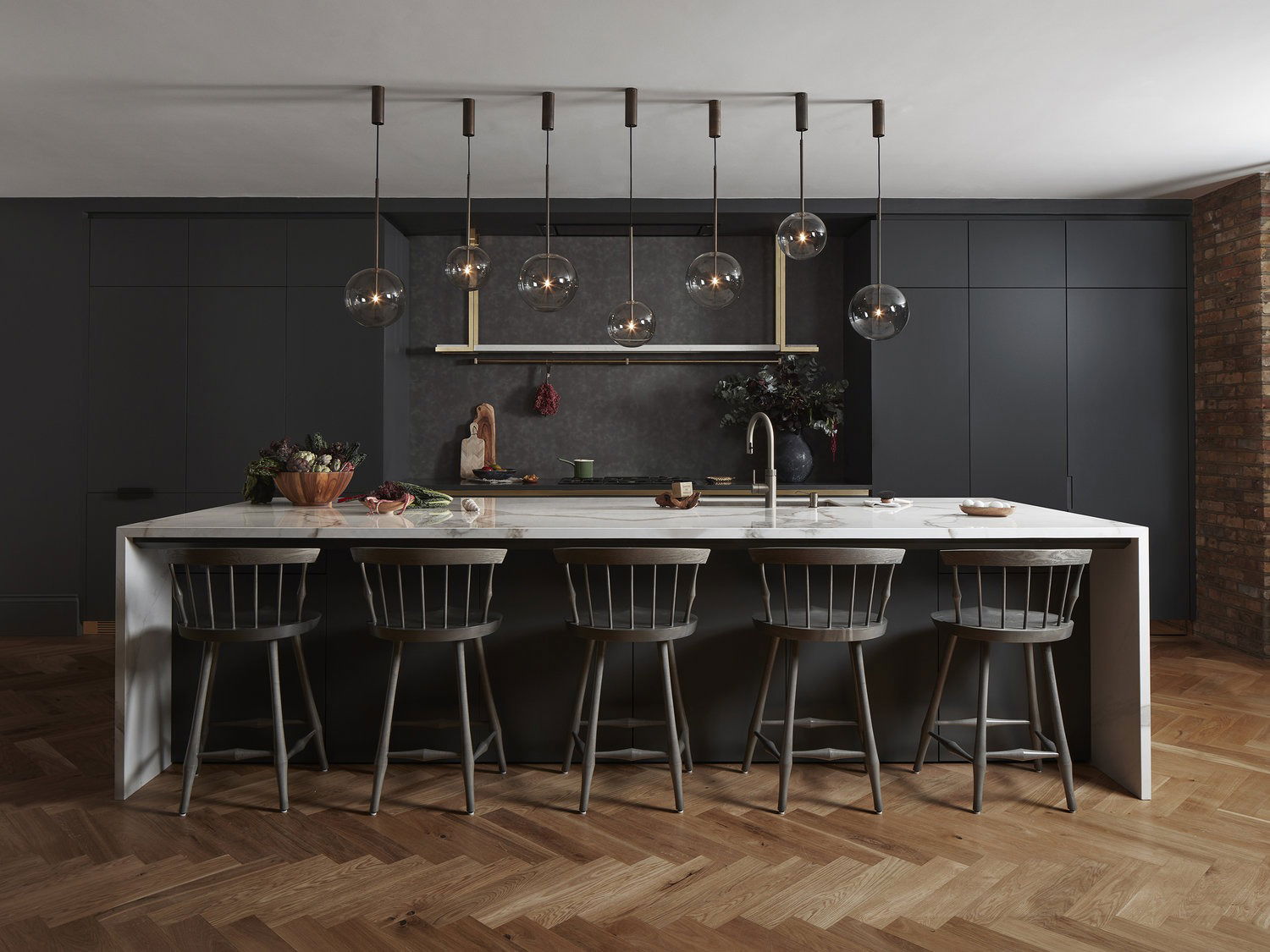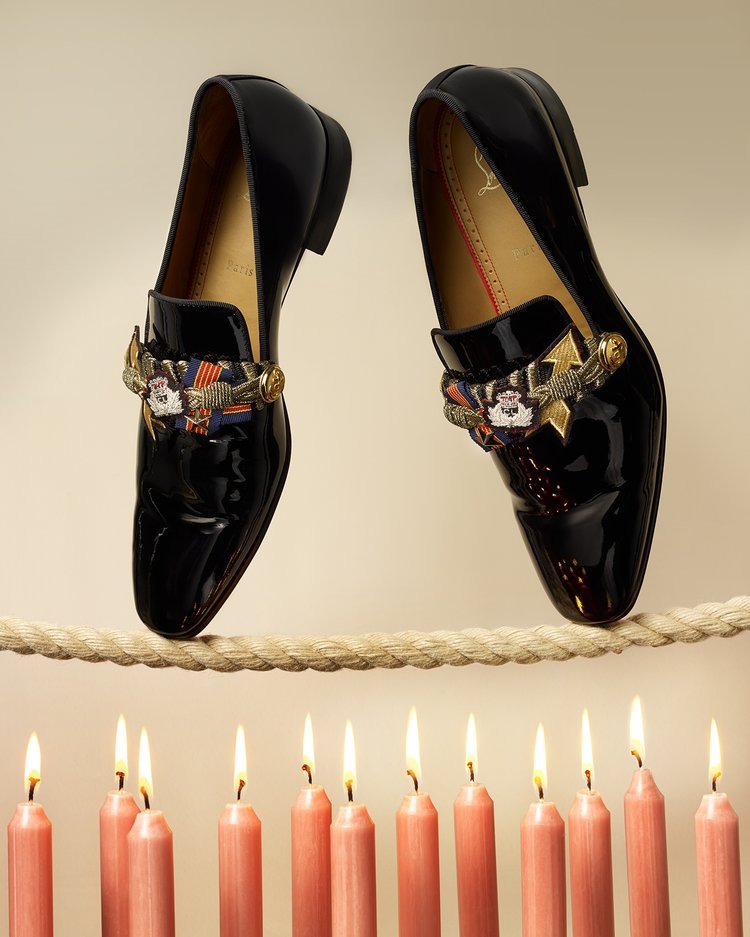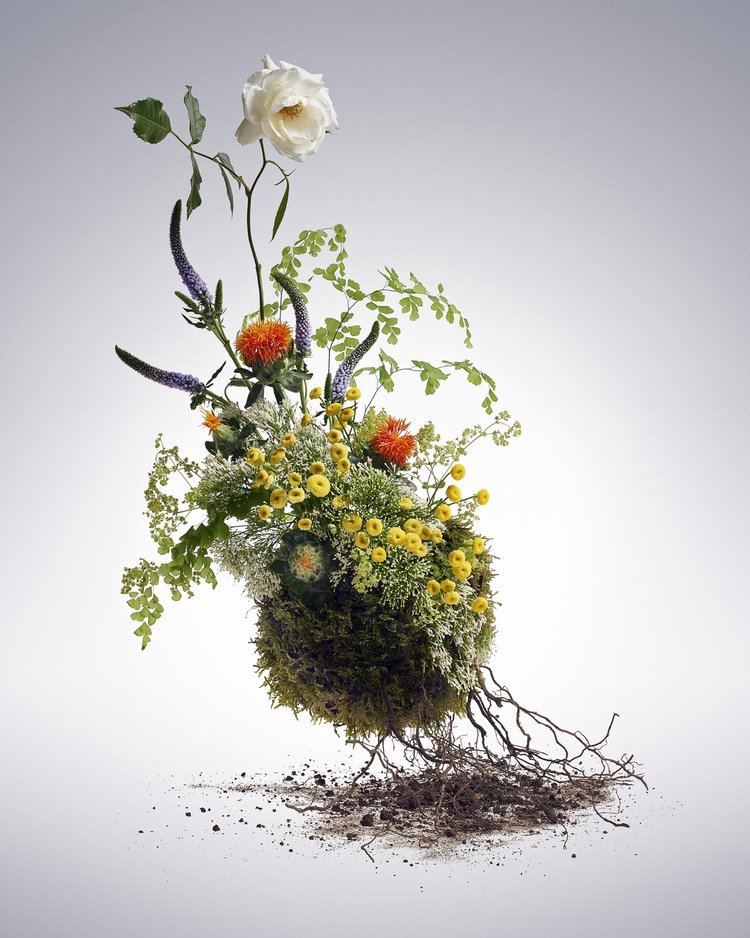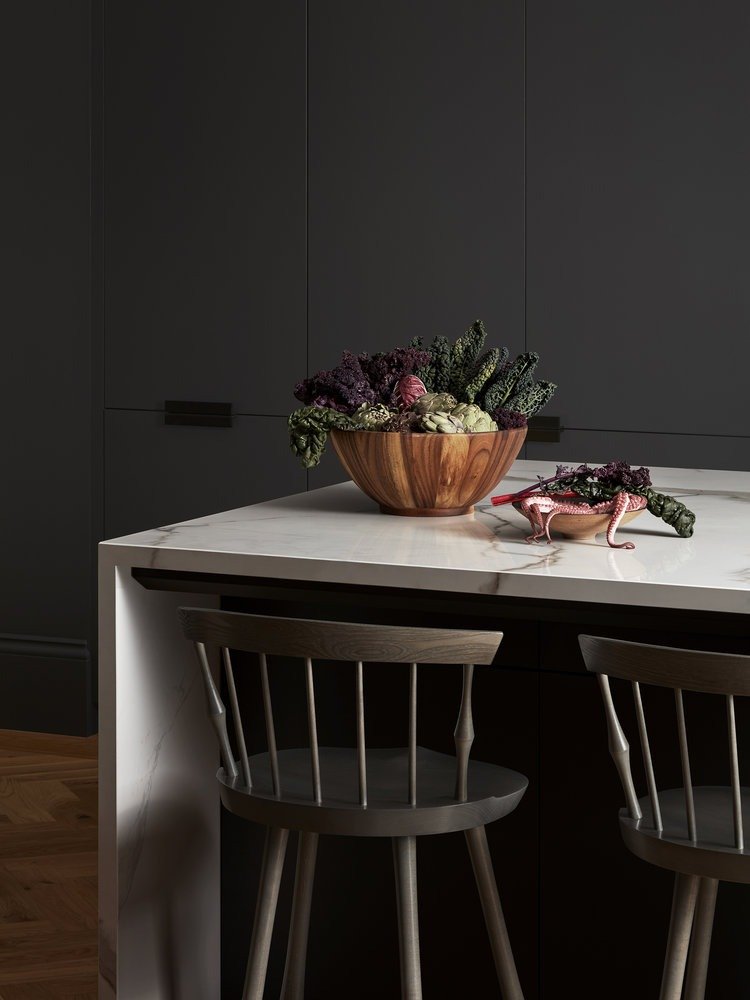It is important to create a great paper portfolio as it is useful when meeting with potential clients and to showcase your work in a refreshing and interactive way. Currently, re-thinking his own portfolio approach, photographer Ben Reeves shares his learnings and advice.
In this series “How to Create a Great Paper Portfolio” we ask photographers about their view on printed photography portfolios and share tips and insights about how to produce a high-quality book. In this piece, we talked with the London-based still life photographer, Ben Reeves.
Ben is known for always finding different ways of communicating ideas and questioning what is within the visual realm and what goes beyond. With years of experience and having worked for clients such as Adidas, Peroni, Canon, and BBC, today he brings relevant insights from his own career learnings.
I try to show a consistency throughout the work but also a progression through the book. So the beginning and end may be quite different but there’s a continual flow that links one from the next.

So let’s go straight to the point! With Instagram, individual websites, and platforms like Cherrydeck, is a printed photography portfolio still needed?
It’s not as necessary and other formats work effectively. However, I still like to have a paper portfolio when it gets to the point of meeting with Art Buyers/Producers. It’s nice to hand over a printed version of your photography and I think it can slow the act of viewing the images and allow you to go into detail about the work.
Also, by the time you have a meeting appointment, someone has already seen most of your work but not printed out, so it can appear a little more fresh. Plus, I still think the tactile nature of handling a printed book is the best way of viewing photographic work.
From all, what format have you found to work the best?
I think it’s a combination of everything. Instagram is drawing attention but many people still have the first point of contact directly through my website.
But generally, once you’ve got to the point of a meeting and discussed your work and practice, that is when you to build an effective relationship with someone.
Work by Ben Reeves Work by Ben Reeves Work by Ben Reeves
Why did you decide to print your portfolio?
The iPad was only existing in its smaller version at the time and I didn’t like the idea of using a laptop in meetings for showing work. I felt that a paper portfolio was the best way to take work out and present at meetings.
What specificities did you choose? What should you pay attention to?
I am currently using a book format with inlay sleeves but will soon be changing to a portfolio box and have individual loose images. Generally, when talking through the work, you might want to go back to some of the images you previously spoke about or pull something out to talk into more detail.
I like the idea that you can also lay more images out on a table. It allows the viewer to manipulate the order themselves and place certain images next to each other. Guess that makes it bit more interactive.
What is the average price you should be ready to pay?
Printing is expensive.
I am not entirely sure about the full costs, but you could count on £300-400 for the entire thing done quite cheaply. The upkeep of printing can get expensive. If you have your own printer you can roughly get it for £10-15 a print, but the time factor (calibrating, proofing, test print) can become costly.
I’m looking to get printed through a lab as the quality of paper is better and not much more expensive per print. Also can save time.
Work by Ben Reeves Work by Ben Reeves Work by Ben Reeves
What would you say is the optimal number of pictures to include? How did you make your selection?
I normally look to have around 40 images for the book but that may change with individual loose images. You want enough to have a good overview and really show of what you do, but not too much to avoid overwhelming.
How do you treat consistency in style? Is it better to approach a portfolio in a sense it showcases variety and versatility or a consistent personal style?
I try to show a consistency throughout the work but also a progression through the book. So the beginning and end may be quite different but there’s a continual flow that links one from the next.
As a final takeaway: what would be your #1 do and #1 don’t?
Don’t use plastic sleeves if possible, don’t worry about people getting their fingers over the prints. The prints will get bashed and bent throughout time but the plastic really obstructs the work.
Do get more than one image printed at a time for backups.
To see more of Ben’s work visit his Cherrydeck profile or her website, here. For more insights on printed portfolios, keep an eye on our blog. ?







One thought on “How to Create a Great Paper Portfolio — With Ben Reeves”